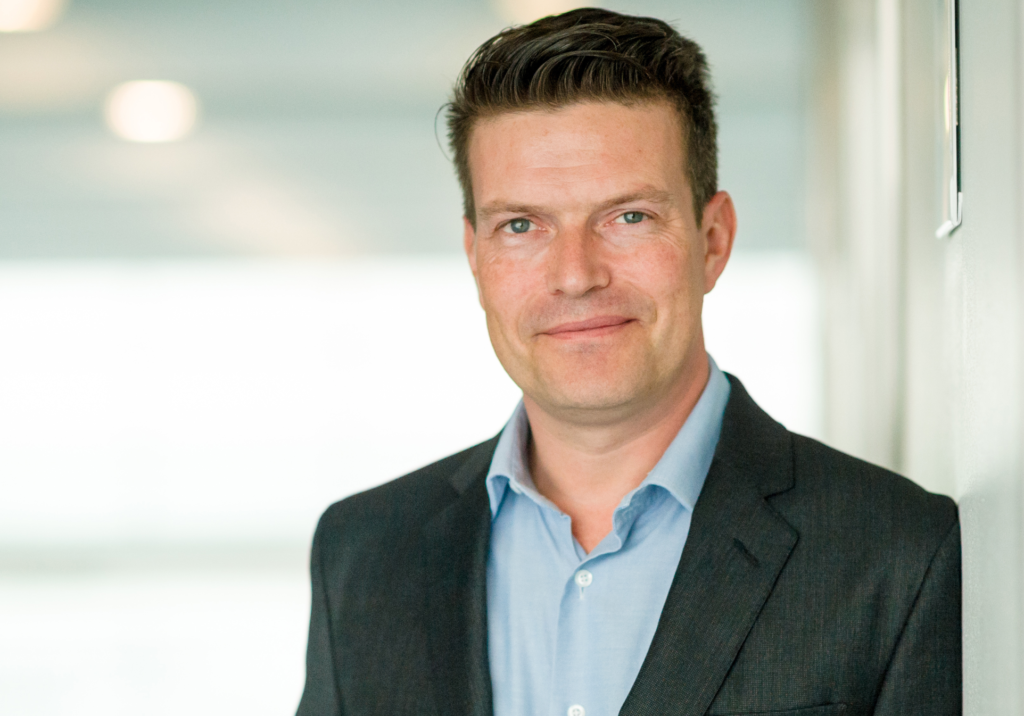
Your DMS Is A Graveyard Of Dead Information
Guest Post by Alex Hamilton, CEO + Co-Founder, Radiant Law
At Radiant Law, we think of knowledge management as a method to turn tacit knowledge into explicit knowledge and make it available at the point it is needed. These principles underpin our approach:
1. KM is threatening
KM systems often fail because people feel threatened by sharing their knowledge – although they want to know what others know. KM is more about power than we often give credit, and incentives and culture are determinative in whether KM efforts will work.
2. Information dies in documents
Documents are coffins where information goes to die, and document management systems are graveyards. The cost of opening documents, without being sure what is in them, means that documents are rarely referred to in practice. File structures have the same problem. We try to avoid documents and focus on (curated) links, tags and search.
3. Ratchets are essential
The most important thing to do is to specify as few sources for information as possible, which are regularly updated. We call these ratchets. Examples are our wiki, playbooks and automated contract templates.
4. Top-down systems generally fail
Although it is tempting to impose discipline and control over what is truth, the reality is that it is better to have higher participation at the cost of more errors (what do you think is happening anyway in your organisation?)
5. Farming and cattle prods
We are big believers in wikis, but putting one in place is necessary, not sufficient. The wiki will need to be regularly reorganised and weeded (known as wiki farming) and you will need to push for years for your team to use the system (you can choose the best implement for this). This is where top-down matters – consistent leadership from the top.
6. Data structure
When we design our systems, we think about a spectrum from structured knowledge (database) to unstructured knowledge (blank canvas). Different types of knowledge fit in different places in that spectrum, but we keep trying to move towards more structure.
7. It’s not about the technology
We spend a lot of time refining our systems, but that doesn’t mean that our systems are particularly important. What matters most is building a culture of shared learning and you already have all the systems you need in your organisation to get going.
8. It’s about individuals
The reality (that conflicts with what we would like it to be), is that a few people will make the vast amount of contribution and that often single-handed herculean efforts are what make the difference between useful and ignored systems. We encourage everyone to participate, but a few make all the difference in building new systems and it is worth rewarding this.Once they are created and seeded, the trick is to involve everyone in extending and improving them.
About the Author:
With a vision to set up a firm that was both innovative and creative in meeting clients’ needs, Alex co-founded Radiant Law and has been a full-time CEO since 2014. Before founding Radiant Law, Alex was a Partner at Latham & Watkins and co-Chair of Latham & Watkins’ global Technology Transactions Group.


The advances in Machine Learning and Natural Language Processing are addressing #2. Products like Seal are taking the lids off those coffins (at least, those that contain contracts and related documents) and releasing the data contained therein from their graveyard. The emphasis is moving from the management of documents to the leverage of the data contained within them.
Hi David, you can get a limited amount of data out of documents using products like Seal. However, they won’t extract knowledge. To start to share knowledge, you need to design places for it to live.
Not a graveyard! More perhaps a richly layered compost heap, waiting for reuse. Curated knowledge management systems are over polished silverware that we rarely eat off. The DMS is on the other hand a font of useful up to date work product. The content only dies if you embalm it in a tomb of security. Don’t spend time and money curating another set of crockery. Just use the one you just ate off! Spend your time and resource accessing and mining the value in the DMS. The content (at both clause and data point level) is alive and kicking!